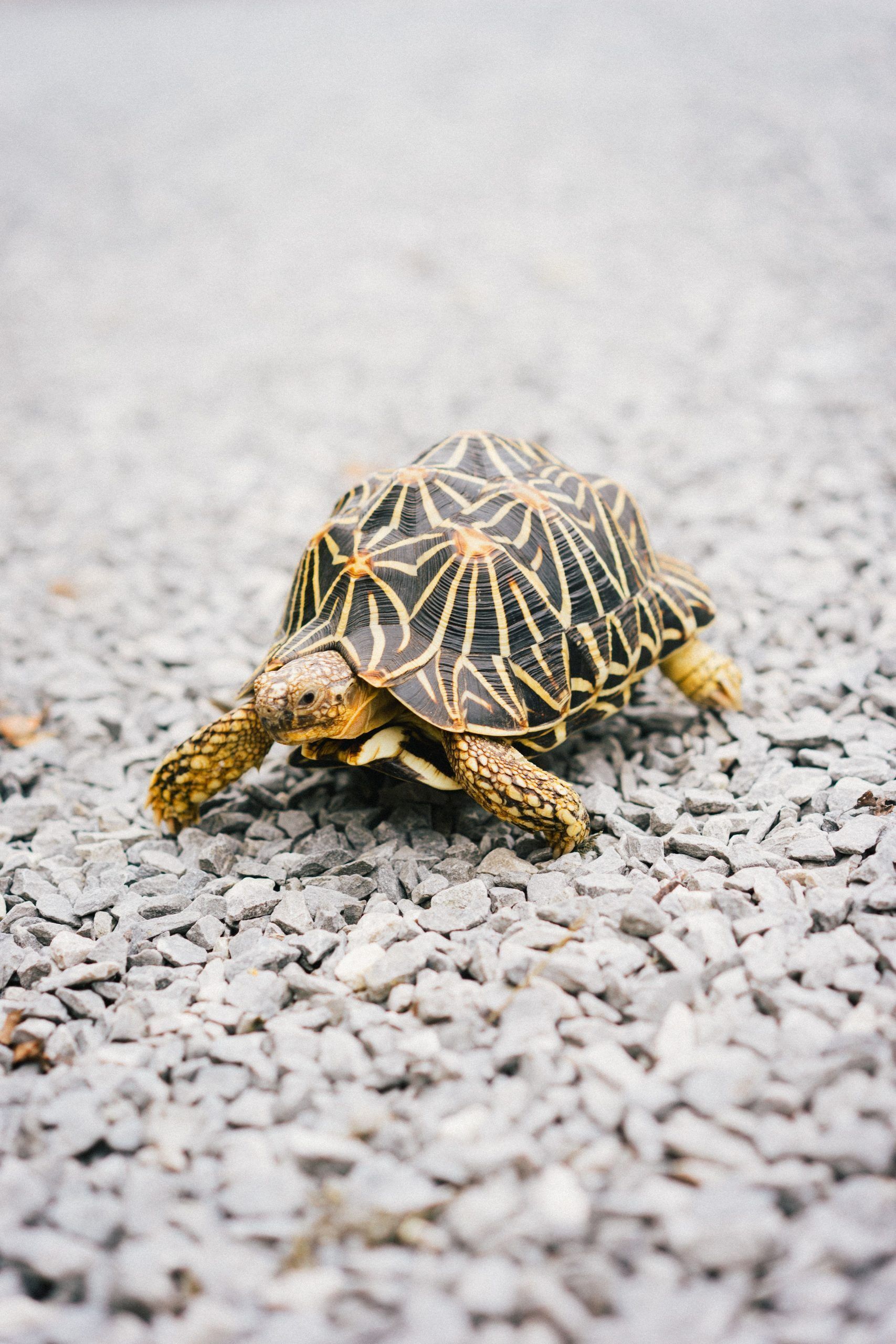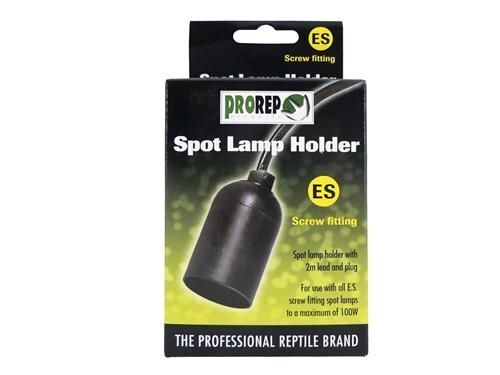
Thinking of getting a tortoise as a pet but not sure where to start? Whether you’re the parent of a child who’s been pestering you for a pet, or simply someone who’s looking for a pet that’s quiet and fur-free, this guide will give you an insight into what you need to know about caring for one.
Are tortoises good pets?
If you’re looking for a lifelong companion, look no further. These little creatures have a longer lifespan than most other pets. You might get your pet tortoise as a child and still be friends well into your 50s and 60s! On average, tortoises live from 50 to 100 years (or even more!) depending on the species. In fact, before buying your pet tortoise, the RSPCA encourage anyone thinking of getting an exotic pet to consider the different species and their requirements. Some need specific environments to live in and the size they grow to can vary quite a bit, so you’ll need to decide what works best for you and your lifestyle. Hermann’s, Spur-thighed and Russian tortoises are among the most popular breeds for beginners.
Unlike some other kinds of pets, tortoises are generally quite low-maintenance. They can often be left to their own devices, without needing to be taken out of their enclosure or picked up. Be careful if you do though — all tortoises have a delicate shell which can easily get cracked if they are dropped, even from a low height.
Another reason why they’re such popular pets is that not only are they docile creatures that don’t make much noise (there won’t be any chance of disturbing the neighbours!) but they are perfect for those who want a pet that won’t roam all over the house. The bottom line is, as long as your pet tortoise has the right food, plenty of fresh water, and a comfortable enclosure to live in, they are relatively easy pets to care for.
How do pet tortoises behave?
Whilst each breed has its own set of quirks, generally speaking, tortoises tend to be solitary by nature and may go into hibernation for a few months a year. However, their behaviour will change if you’re thinking of keeping more than one tortoise in the same enclosure.
Can I have more than one pet tortoise?
Housing two male tortoises together is not advisable for most breeds. This is because they can become aggressive and attack each other, most likely resulting in some serious injuries. So if you have your heart set on more than one, consider getting a male and female instead. This should work well as long as you carefully monitor how they’re getting on in their first few weeks together.

What’s the ideal habitat for a tortoise?
The main things you’ll need to accommodate your pet tortoise are a suitable enclosure, a heat source and UV lighting.
Where should I put my tortoise enclosure?
Tortoises are outdoor creatures that thrive on warm, sunny days. The sun’s natural UV rays help to keep their shell healthy and for their body to repair itself. That being said, they still need protection from excessive heat, rain and other natural elements. That’s why it’s important to build an enclosure that’s big enough for your tortoise to roam in the fresh air, but have some shelter as well. In countries like Ireland where the temperatures are generally mild and the winters are long, pet owners who don’t have space for both an outdoor and indoor enclosure may choose to opt for the latter.
You might think that an indoor one would be quite limiting for your tortoise, but it can be relatively easy to recreate a natural environment using plants. For all you indoor plant lovers out there, it could even be made to look like a cool design feature. Tortoises will not only feed off the plants you choose (so make sure they’re suitable ones for your tortoise) but they also need a stimulating environment to keep them entertained. Why not include some interesting features like rocks, logs and even small trees? Even in an indoor environment, however, you’ll need a heat lamp and UVB lamp to keep your tortoise warm and to give it the appropriate UV.
What do I need to include in my tortoise enclosure?
Whether it’s outdoors or indoors, you will need a good quality tortoise table made of a plastic or wooden base, with a well-ventilated top. You’ll also need:
A protective barrier
Tortoises are good at escaping and some breeds love trying to dig under the walls of their enclosure. Make sure that yours is secure by using a protective barrier of concrete bricks or sealed wood walls.
Bedding
Many tortoise breeds love to burrow under the ground, so you’ll want to invest in appropriate bedding. Some are better for certain species than others, but there are a number of types to choose from:
- Soil – this is suitable for most species, but it must be sterile and free from any harmful pesticides and fertilisers.
- Wood chips
- Coconut husks
- Non-treated peat
Whatever you choose for your reptile, you’ll need to keep the enclosure clean each day. Do this by spot-checking it for droppings and leftover rotting food, and then cleaning it out more thoroughly every couple of weeks.

What do tortoises eat?
Plants and vegetables
Tortoises are mainly herbivorous (although some species like to eat insects too) so your tortoise can be kept perfectly happy snacking on the plants in its enclosure and other veggie treats you pop in there. You do need to be wary of which of these you feed them though, as some vegetables and herbs can be toxic to tortoises. The majority of species will eat dandelions and clover, but you might want to look into the diets of specific species to ensure you don’t pair your pet with poisonous plants.
Reptile food
It’s also important to remember to supplement your pet tortoise’s diet with specialised reptile food. Tortoises need a diet rich in calcium, phosphorus and vitamins A, B and D3, so this tortoise food will ensure your pet is getting all the right nutrients to stay happy and healthy.
Fresh water
And don’t forget to keep your tortoise hydrated at all times with a fresh water source in their enclosure, topping this up more frequently in extremely hot temperatures. In a heat wave, and when given in moderation, cucumber can be a great snack for additional hydration because of its high water content.
What are the most common illnesses in tortoises and how can I spot them?
Like any living creature, there are a number of health issues that could affect your pet tortoise. Two of the main ones they are susceptible to are respiratory infections and metabolic bone disease (MBD).
Respiratory Infections
Respiratory infections are quite common amongst reptiles. These can come about because of unhygienic living conditions, so don’t forget to keep your tortoise’s enclosure clean at all times. Signs of this problem include your tortoise seeming lethargic and refusing food, and mucus around its nose and mouth.
Metabolic Bone Disease
MBD can develop if your pet tortoise doesn’t get enough calcium. It’s important to look after your reptile’s wellbeing by making sure there’s enough of it in their diet, as well as from natural sunlight or a UV lamp. You’ll be able to tell if your pet has this condition as its shell will show the signs first. If your tortoise is young, its shell may not grow quickly enough. Older tortoises may develop weak bones in their legs, resulting in difficulty walking or even bone fractures.
Luckily, both of these conditions are treatable, as long as the problem is not left unnoticed for too long. That’s why it’s a good idea to keep a constant eye on any behavioural changes in your pet tortoise, and if in doubt, consult a specialist. A qualified reptile vet will be able to prescribe suitable antibiotics and suggest appropriate changes to their diet and habitat to help get your tortoise back on its feet in no time. It’s also advisable to book in a vet checkup once a year, just to make sure your tortoise is fit and healthy.
Useful links:
Keeping Exotic Animals as Pets
10 Best Pet Tortoise Species for Beginners
How to Hibernate Your Tortoise
A Beginner’s Guide to Owning a Tortoise
How to Look After a Pet Tortoise: Beginner Guide for New Keepers
An Introduction to Pet Tortoises
Chelonians – Tortoises, Turtles, Red Eared Terrapin









